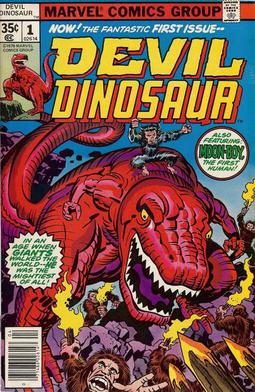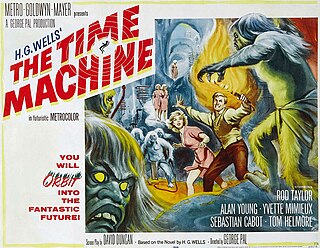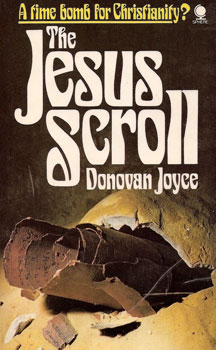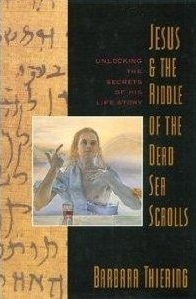
Screwball comedy is a film subgenre of the romantic comedy genre that became popular during the Great Depression, beginning in the early 1930s and thriving until the early 1940s, that satirizes the traditional love story. It has secondary characteristics similar to film noir, distinguished by a female character who dominates the relationship with the male central character, whose masculinity is challenged, and the two engage in a humorous battle of the sexes.

Simon the Zealot or Simon the Canaanite or Simon the Canaanean was one of the most obscure among the apostles of Jesus. A few pseudepigraphical writings were connected to him, but Saint Jerome does not include him in De viris illustribus written between 392 and 393 AD.

John Joseph Vincent Kessel is an American author of science fiction and fantasy. He is a prolific short story writer, and the author of four solo novels, Good News From Outer Space (1989), Corrupting Dr. Nice (1997), The Moon and the Other (2017), and Pride and Prometheus (2018), and one novel, Freedom Beach (1985) in collaboration with his friend James Patrick Kelly. Kessel is married to author Therese Anne Fowler.

Wildcats, sometimes rendered WildCats or WildC.A.T.s, is a superhero team created by the American comic book artist Jim Lee and writer Brandon Choi.

Most scholars who study the historical Jesus and early Christianity believe that the canonical gospels and the life of Jesus must be viewed within their historical and cultural context, rather than purely in terms of Christian orthodoxy. They look at Second Temple Judaism, the tensions, trends, and changes in the region under the influence of Hellenism and the Roman occupation, and the Jewish factions of the time, seeing Jesus as a Jew in this environment; and the written New Testament as arising from a period of oral gospel traditions after his death.

Devil Dinosaur is a character appearing in American comic books published by Marvel Comics. Created by Jack Kirby, the character first appeared in Devil Dinosaur #1. Devil Dinosaur is depicted as resembling an enormous, crimson Tyrannosaurus-like dinosaur. The character and his inseparable ape-like friend, Moon-Boy, are natives of "Dinosaur World," a version of Earth in a parallel universe where dinosaurs and other prehistoric creatures co-exist with tribes of primitive humanoid beings.

Simeon of Jerusalem was a Jewish Christian leader and according to most Christian traditions the second Bishop of Jerusalem, succeeding James, brother of Jesus. Simeon is sometimes identified with Simon, brother of Jesus, and has also been identified with the Apostle Simon the Zealot.

James Patrick Kelly is an American science fiction author who has won both the Hugo Award and the Nebula Award.

Time travel is a common theme in fiction, mainly since the late 19th century, and has been depicted in a variety of media, such as literature, television, film, and advertisements.

The Flying House, known in Japan as Tondera Hausu no Daibōken, is a Christian anime television series produced by Tatsunoko Productions broadcast between April 1982 and March 1983 on TV Tokyo, and distributed by the Christian Broadcasting Network in the United States. In 2010, the Christian Broadcasting Network made the 52 episodes available for viewing online.

Head Games is an original novel written by Steve Lyons and based on the long-running British science fiction television series Doctor Who. It features the Seventh Doctor, Bernice, Chris, Roz, Mel and Ace.

Years in the Making: the Time-Travel Stories of L. Sprague de Camp is a collection of science fiction stories by American author L. Sprague de Camp, edited by Mark L. Olson and illustrated by Bob Eggleton. It was first published in hardcover by NESFA Press in February 2005, with a NESFA/Science Fiction Book Club edition following in September of the same year.

The Jesus Scroll is a best-selling book first published in 1972 and written by Australian author Donovan Joyce. A forerunner to some of the ideas later investigated in The Da Vinci Code, Joyce's book made the claim that Jesus of Nazareth may have actually died aged 80 at Masada near the Dead Sea, site of the last stand made by Jewish zealot rebels against the Roman Empire, after the Fall of Jerusalem and the destruction of the Second Temple.

Jesus the Man: New Interpretations from the Dead Sea Scrolls is a book written by the Australian biblical scholar and theologian Barbara Thiering. It was first published by Doubleday in 1992 with the title, Jesus & The Riddle of The Dead Sea Scrolls: Unlocking The Secrets of His Life Story.

The Great Commandment is a 1939 American Christian film directed by Irving Pichel, which portrays the conversion to Christianity of a young Zealot, Joel, and the Roman soldier Longinus through the teachings of Jesus in his Parable of the Good Samaritan. It was co-produced by Rev. James K. Friedrich and released by Cathedral Films in 1939. Its theatrical release was in 1941 by Twentieth Century Fox.

The Zealot Temple siege was a short siege of the Temple in Jerusalem fought between Jewish factions during the First Jewish–Roman War. According to the historian Josephus, the forces of Ananus ben Ananus, one of the heads of the Judean provisional government and former High Priest of Israel, besieged the Zealots who held the Temple. When John of Gischala led the Zealots to believe that Ananus had contacted the Roman general Vespasian for assistance in retaking control of all Jerusalem, the Zealots, driven to desperation, asked the Edomites (Idumeans) for assistance in preventing the delivery of the city to the Romans. When the Edomites arrived, the Zealots opened the gates of Jerusalem to them, and the Edomites slaughtered ben Hanan's forces, killing him as well.

Zealot is a fictional comic book superhero who has appeared in books published by Wildstorm Productions and DC Comics. Created by artist Jim Lee and writer Brandon Choi, she first appeared in WildC.A.T.s #1, as a member of that titular superhero team, during the period when Wildstorm and its properties were owned by Jim Lee.

Maisie Lockwood is a fictional character in the Jurassic Park franchise. She is introduced in the fifth film, Jurassic World: Fallen Kingdom (2018), which is also the second installment in the Jurassic World trilogy. J. A. Bayona directed the film, casting Isabella Sermon as Maisie. She is one of the three main protagonists in the Jurassic World trilogy, along with her adoptive parents, Owen Grady and Claire Dearing. She used to live with her late grandfather Sir Benjamin Lockwood, an old business partner of Dr. John Hammond. She is the biogenetic daughter of geneticist Charlotte Lockwood.


















